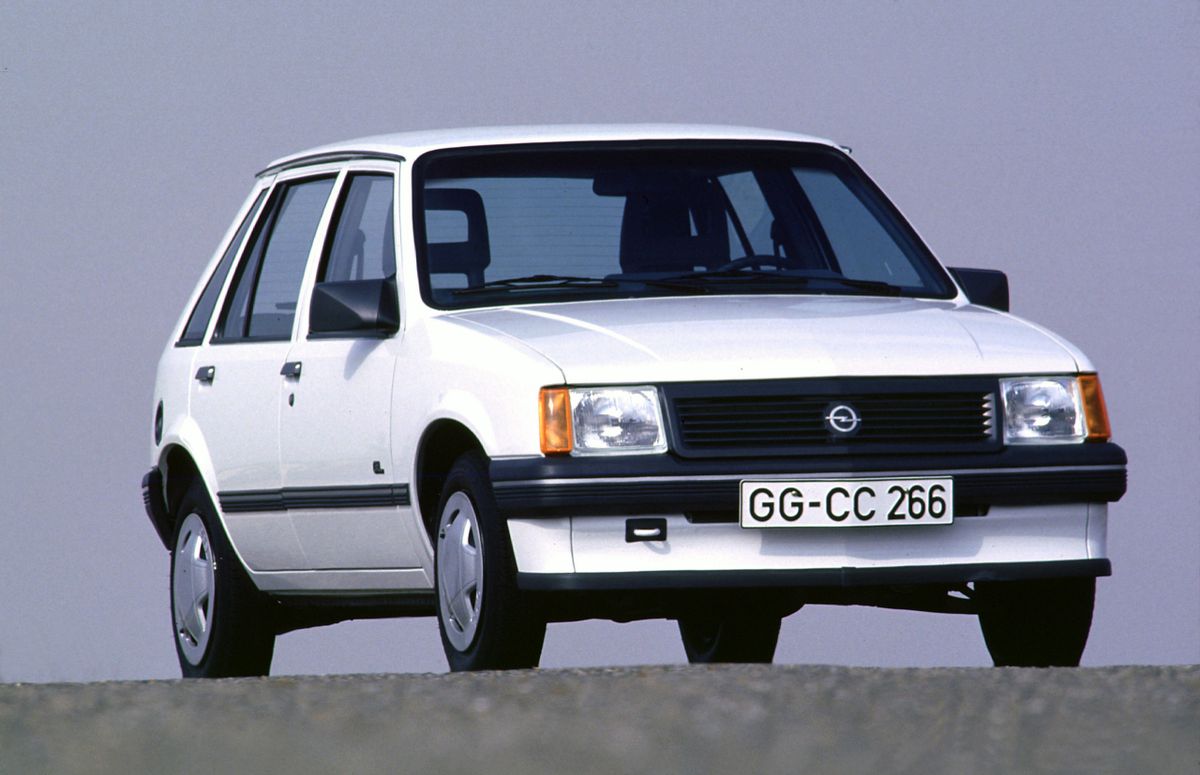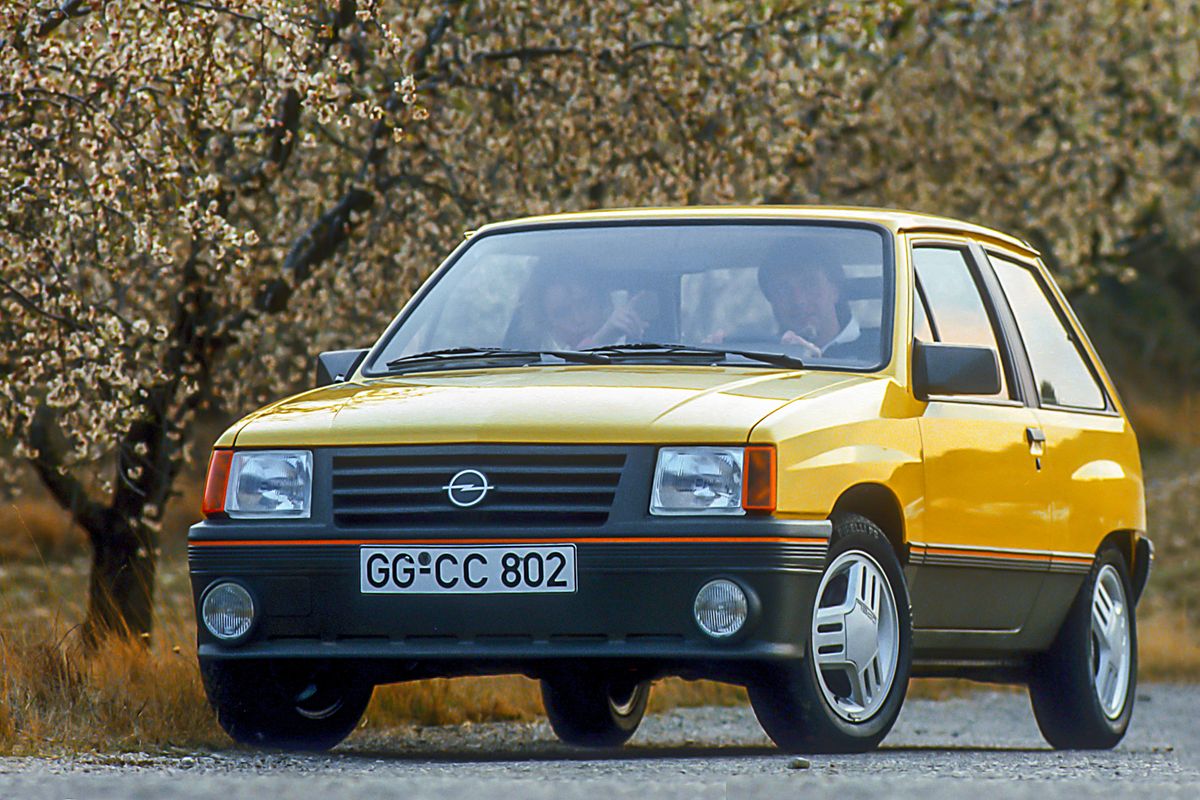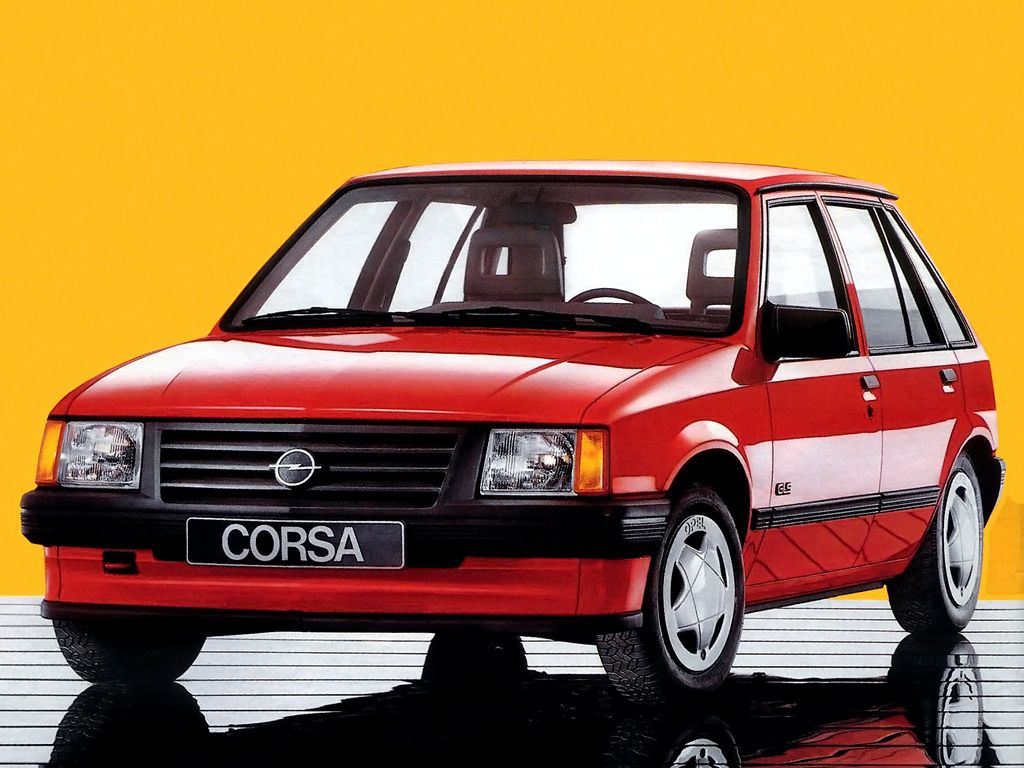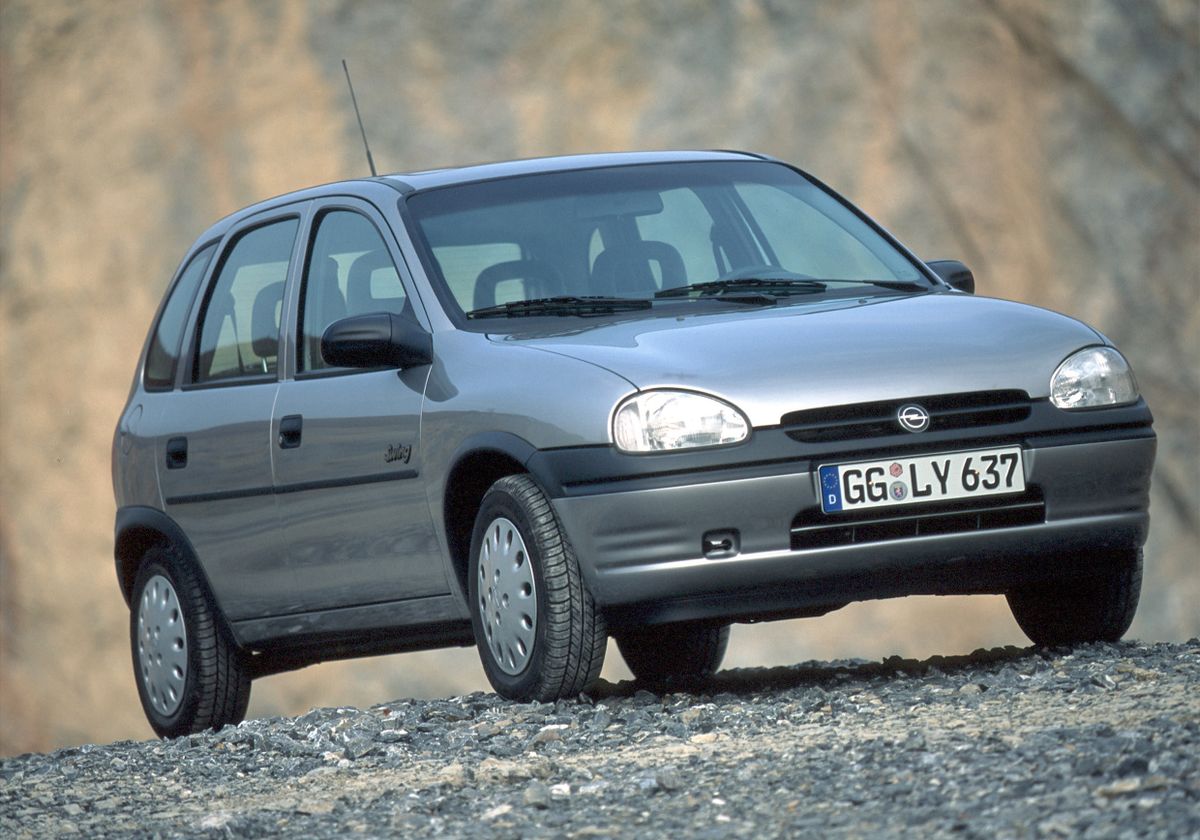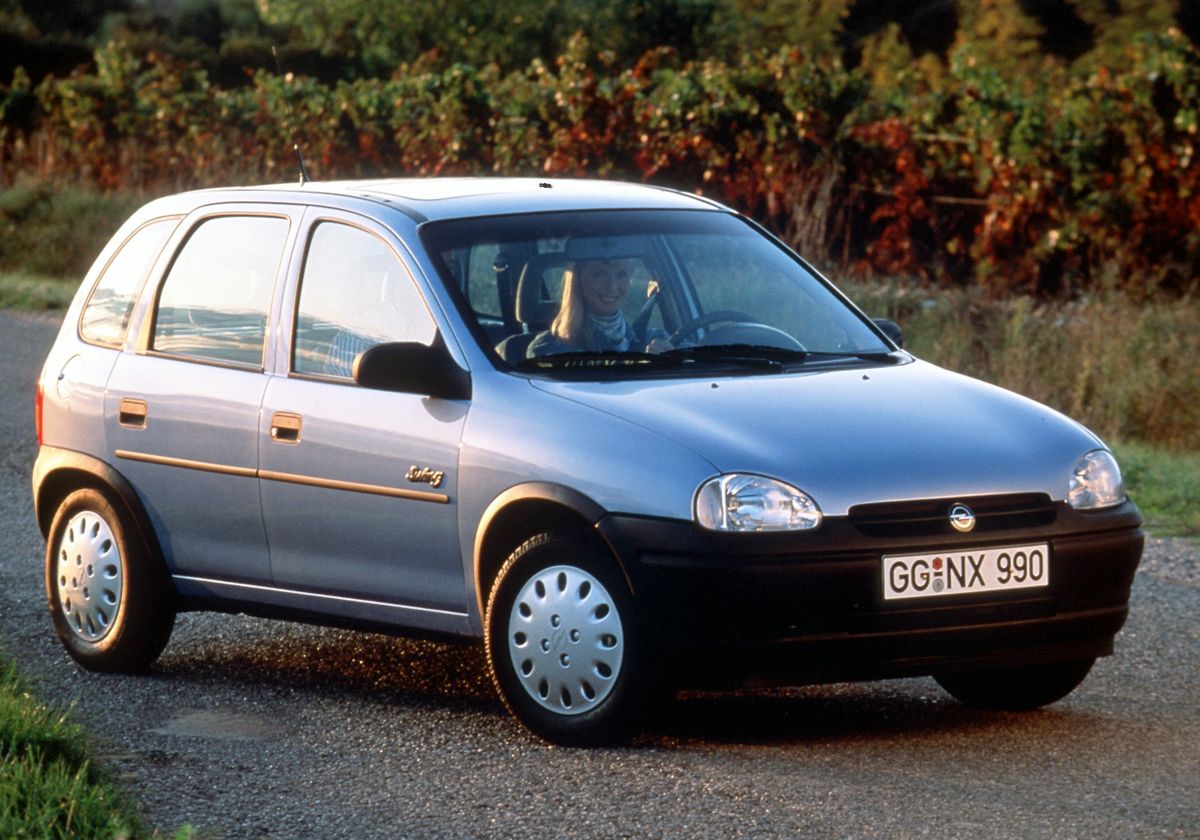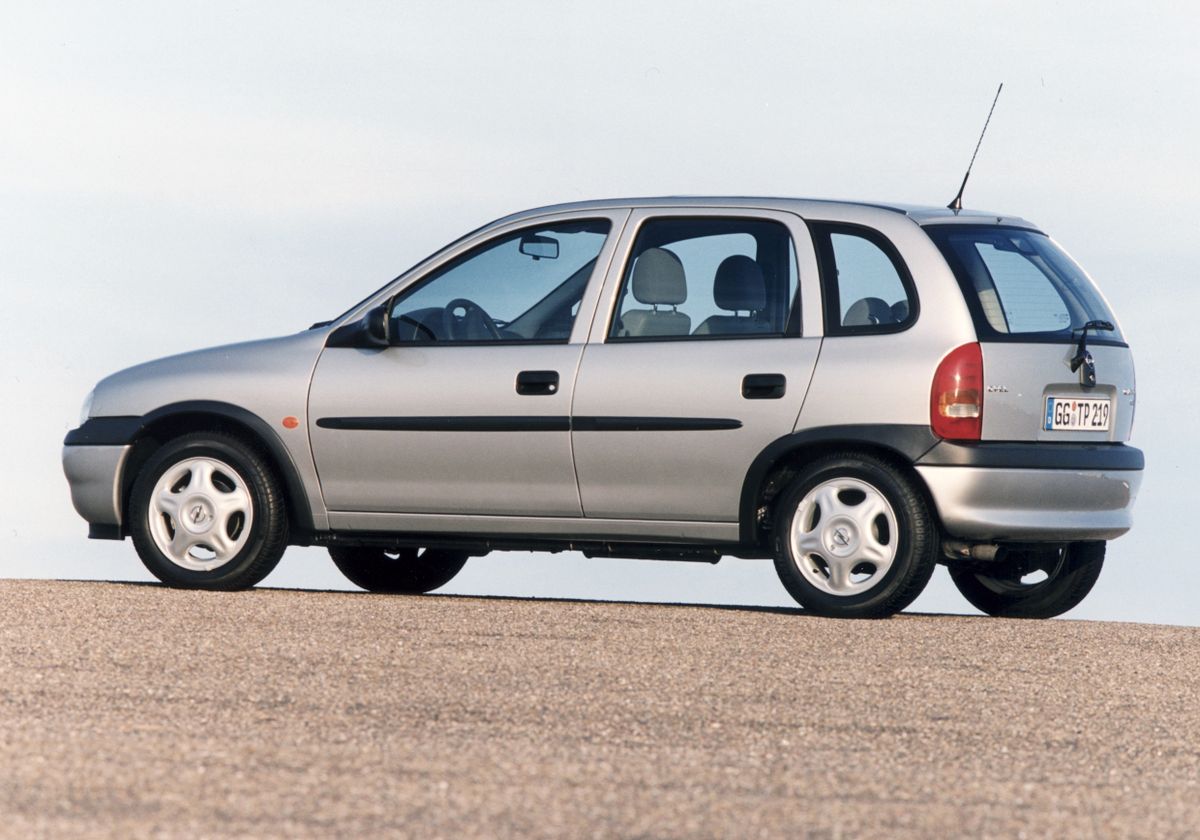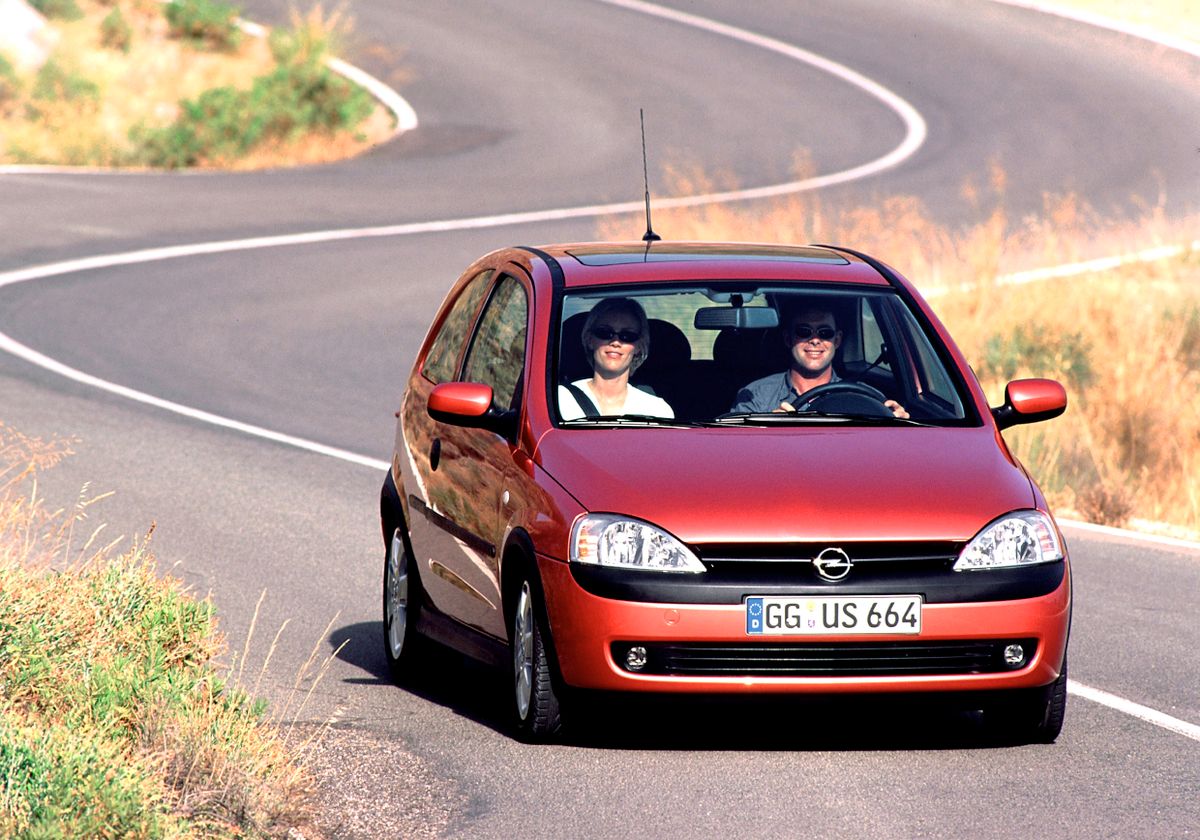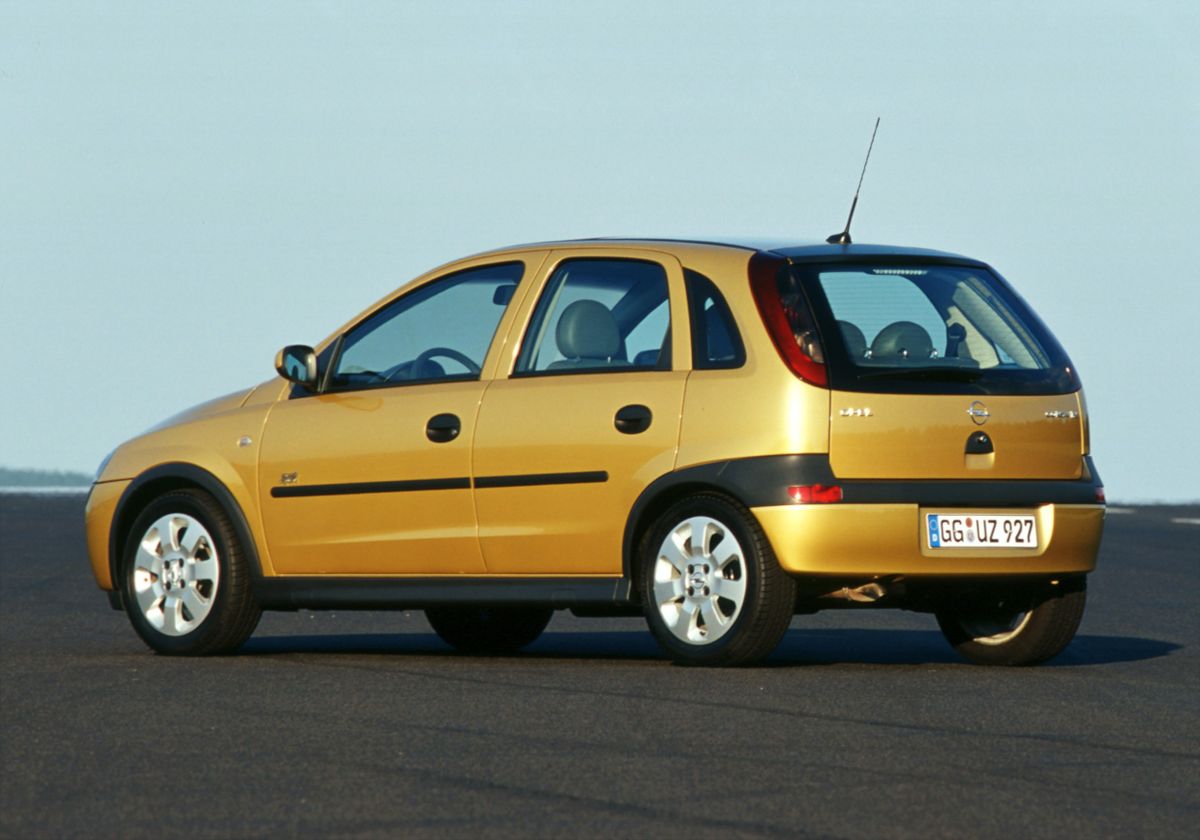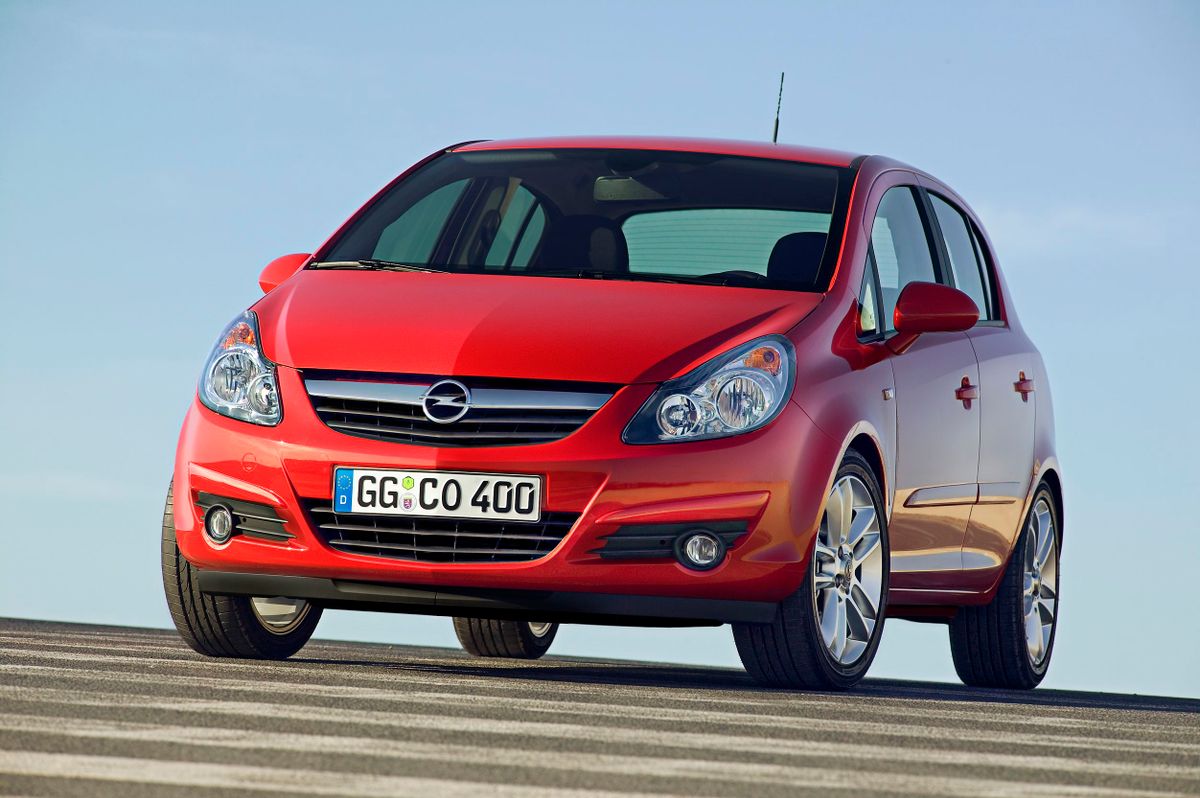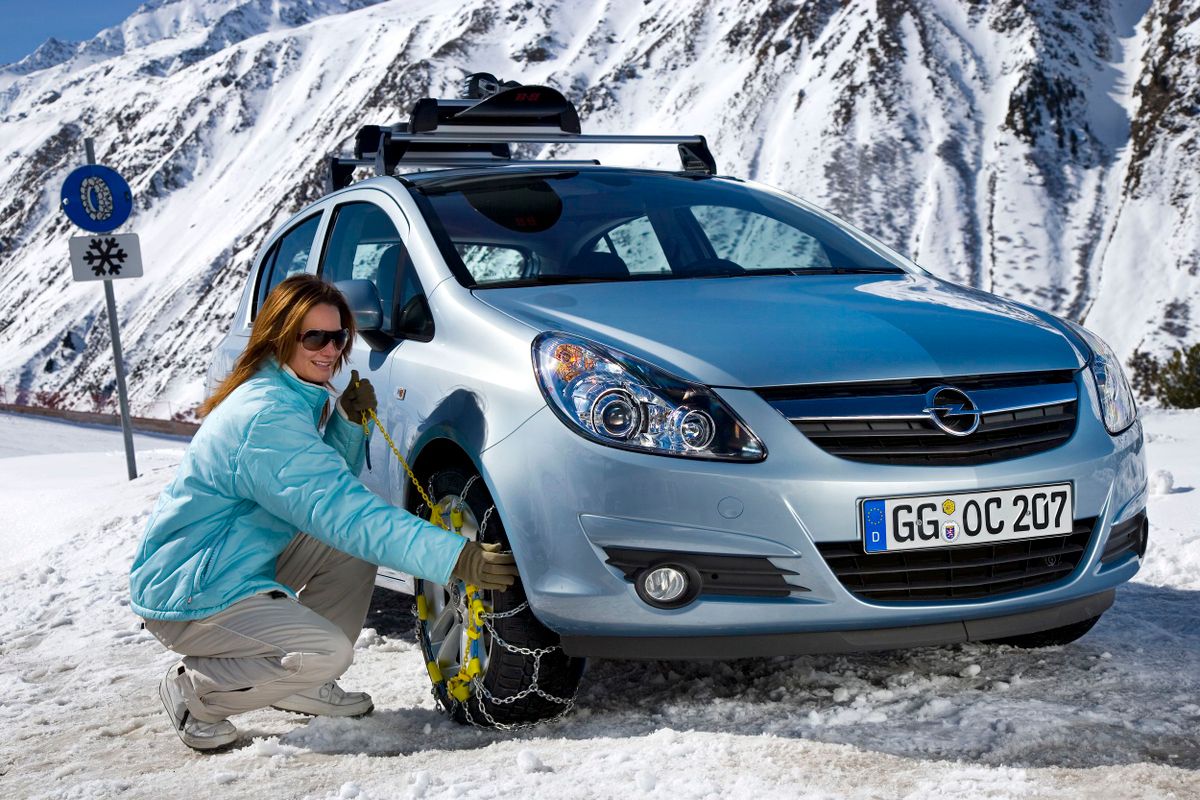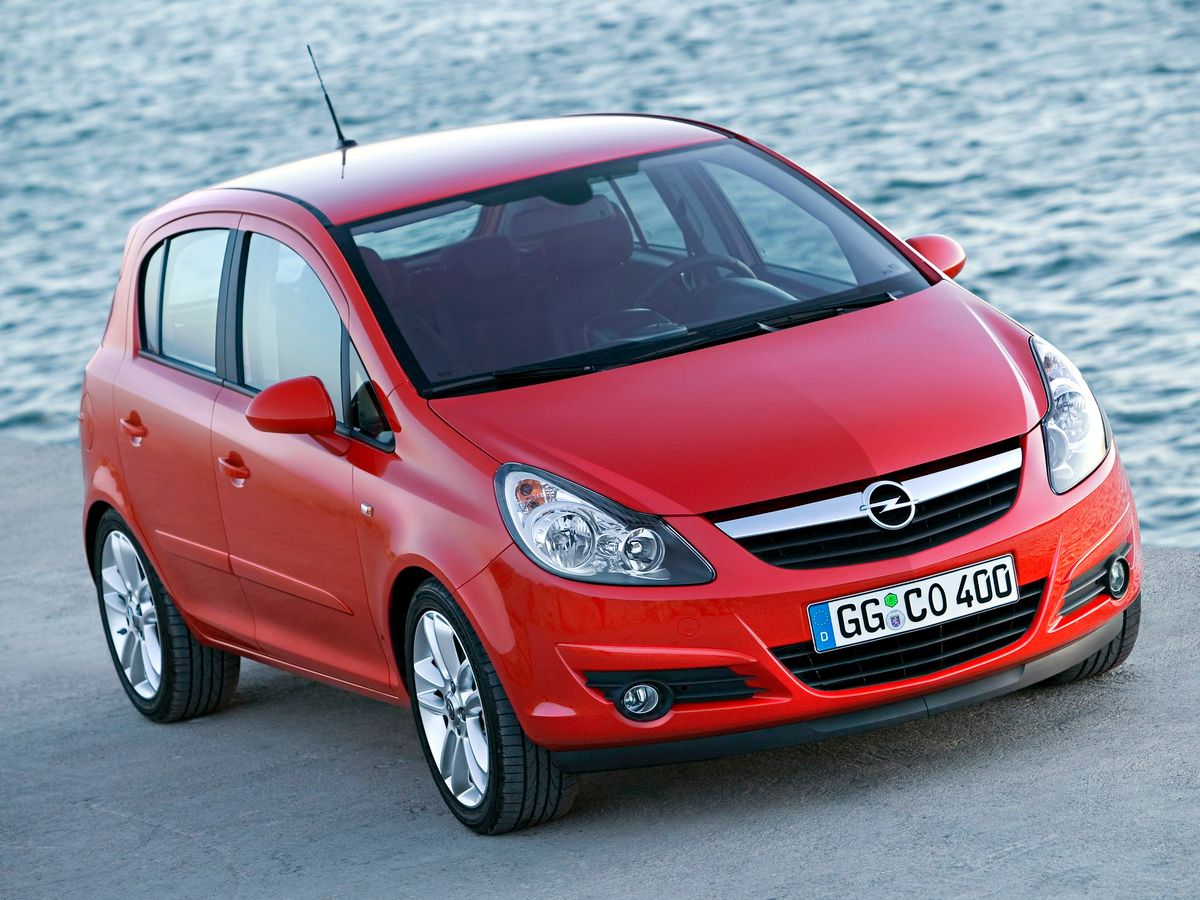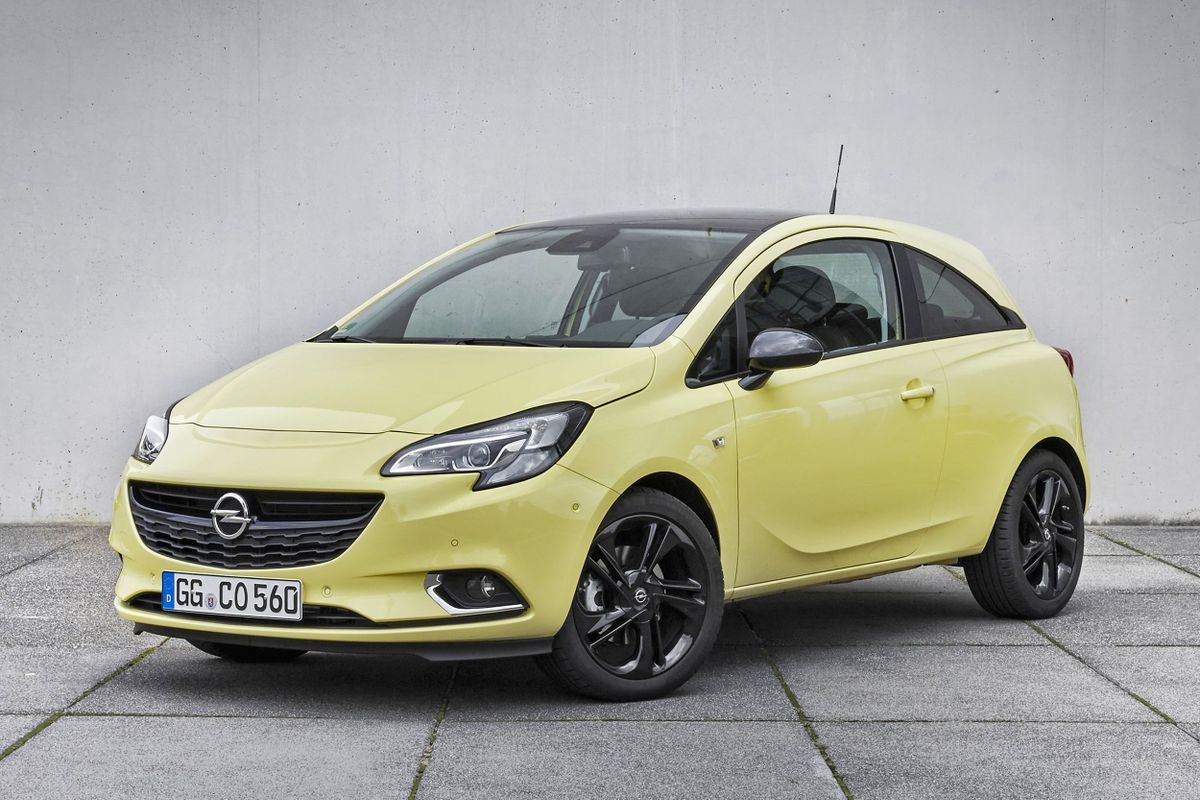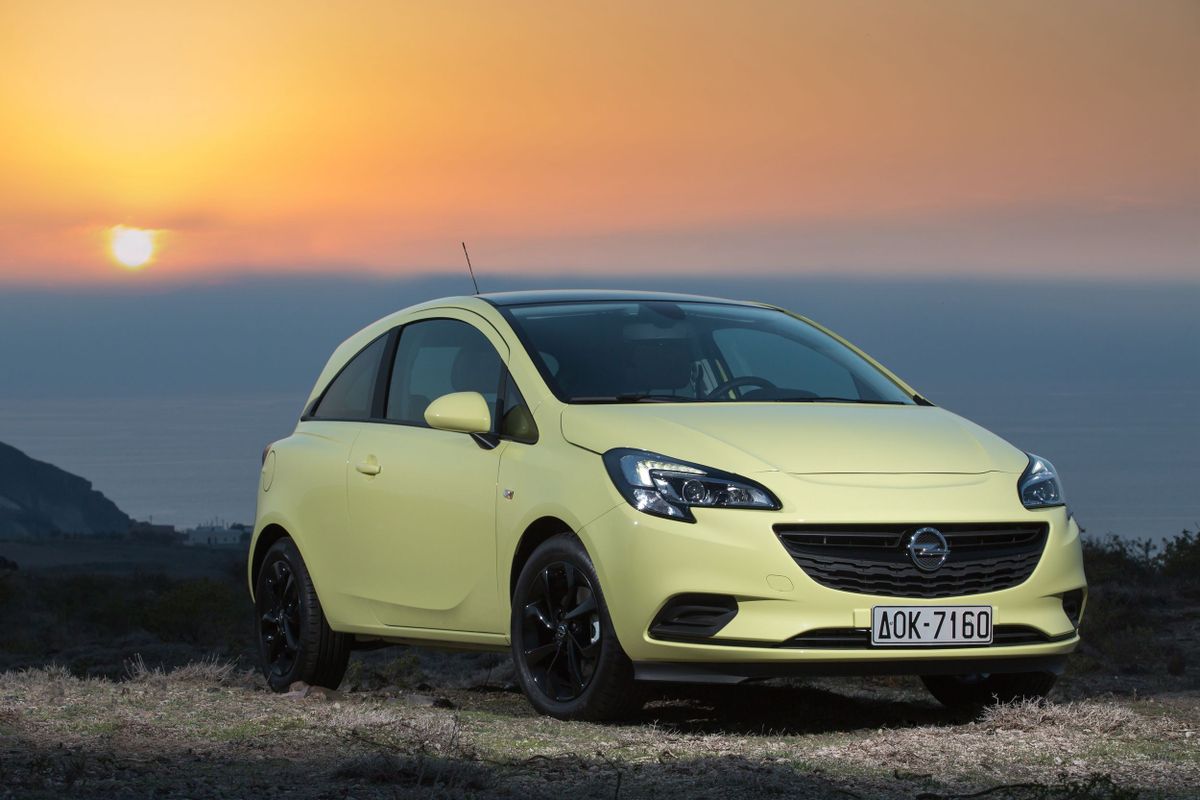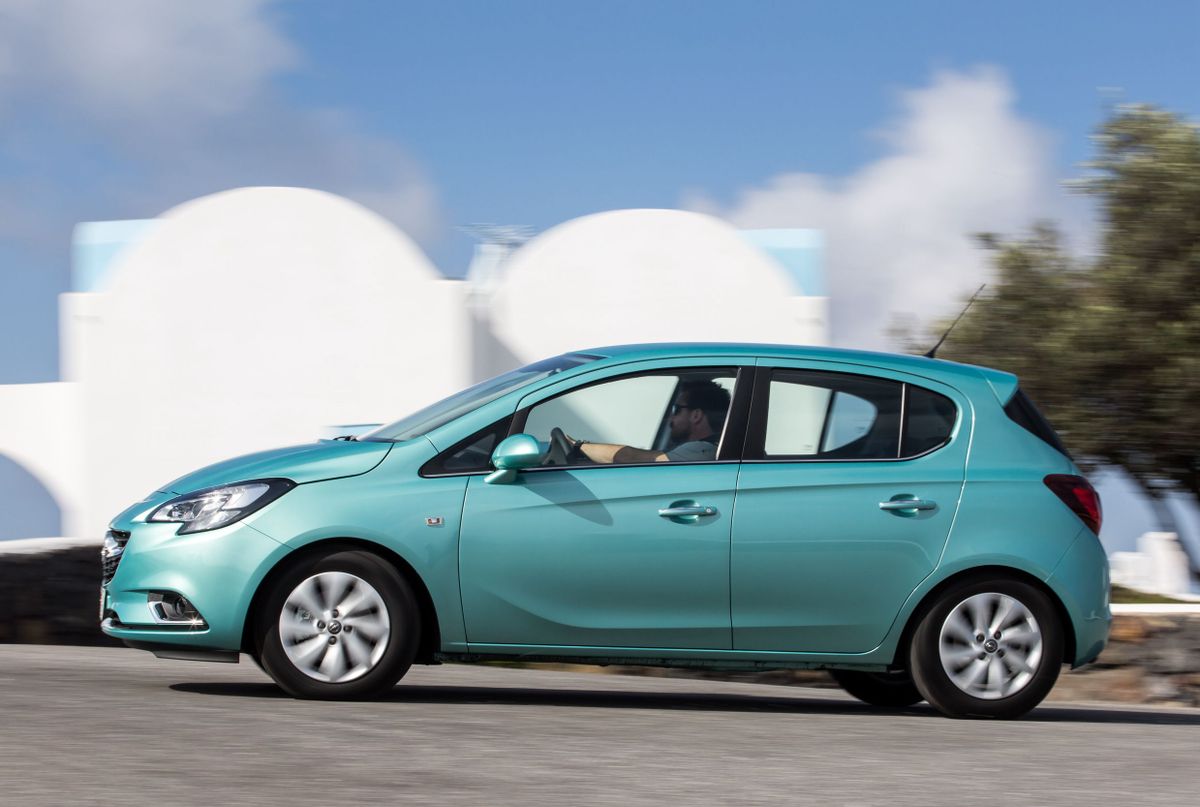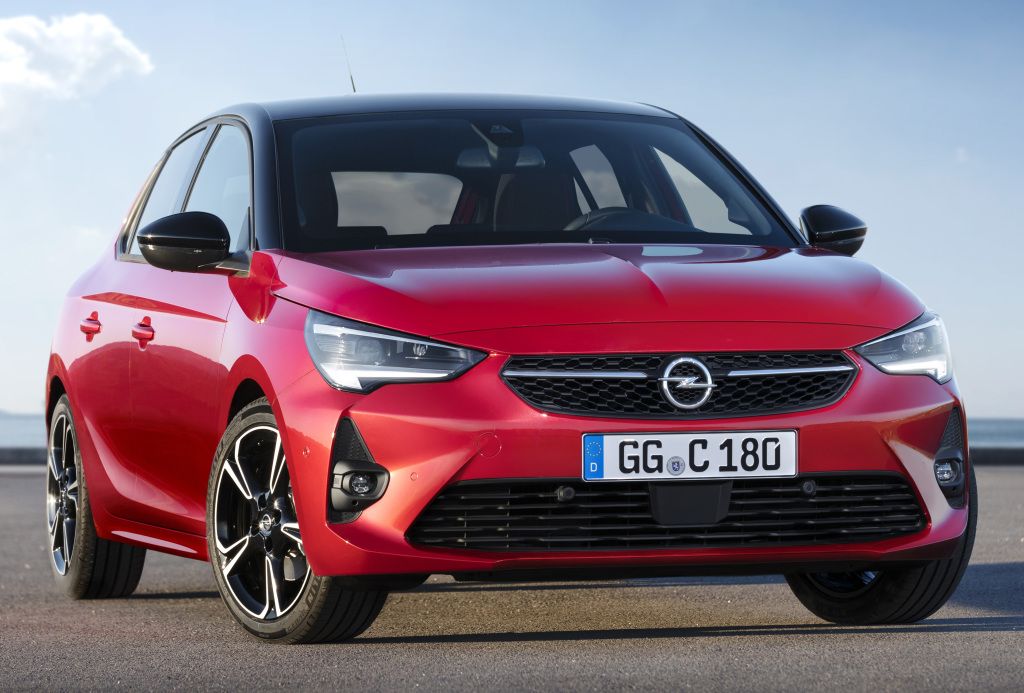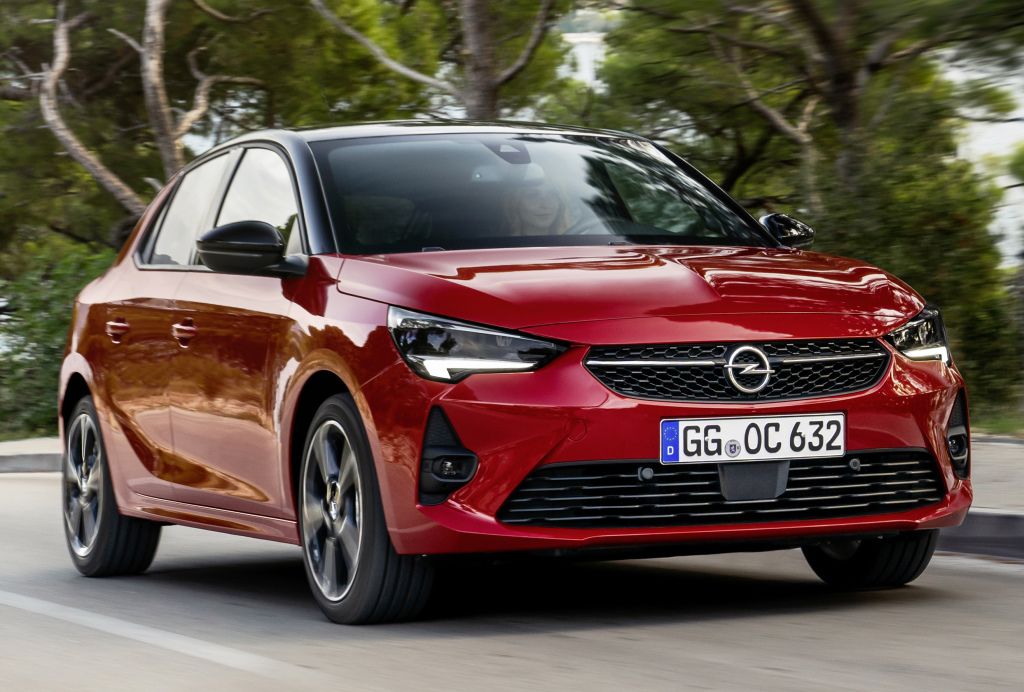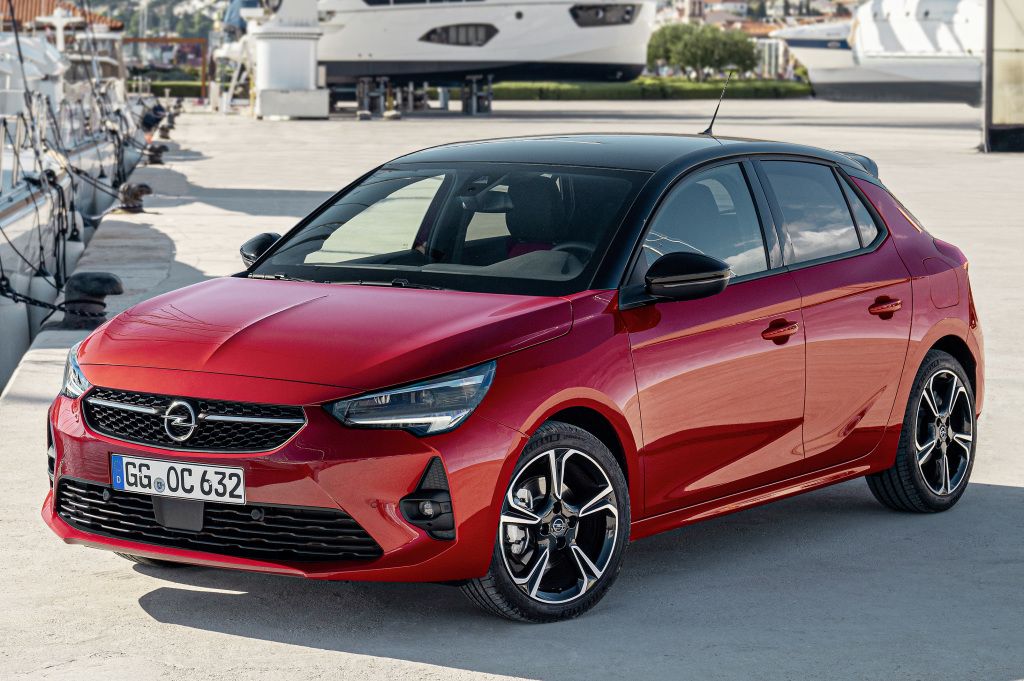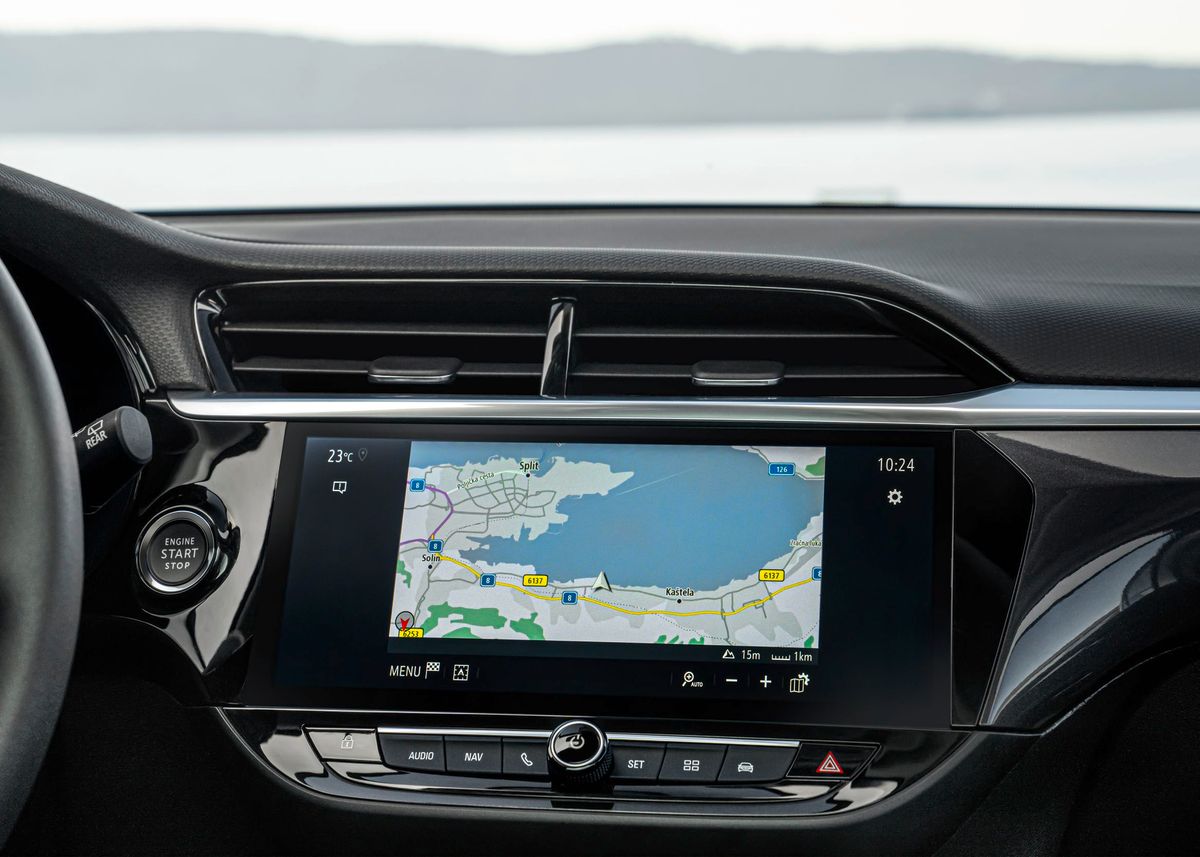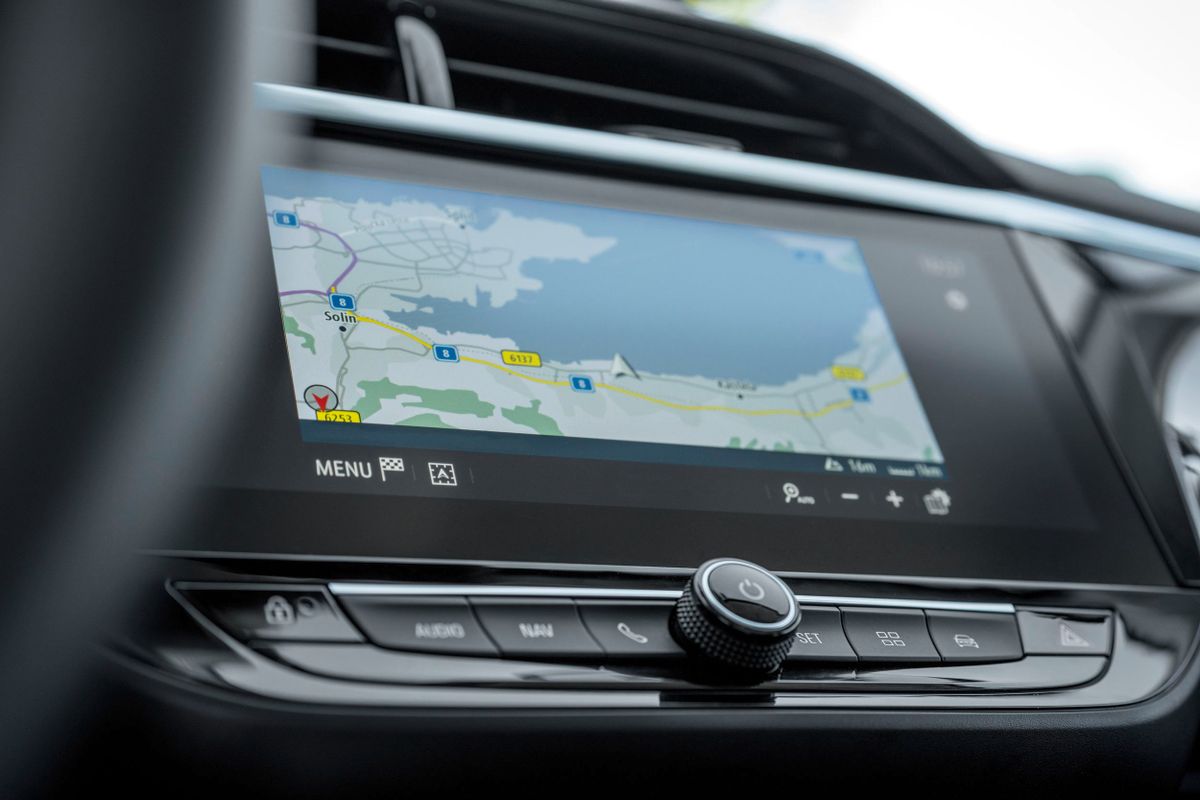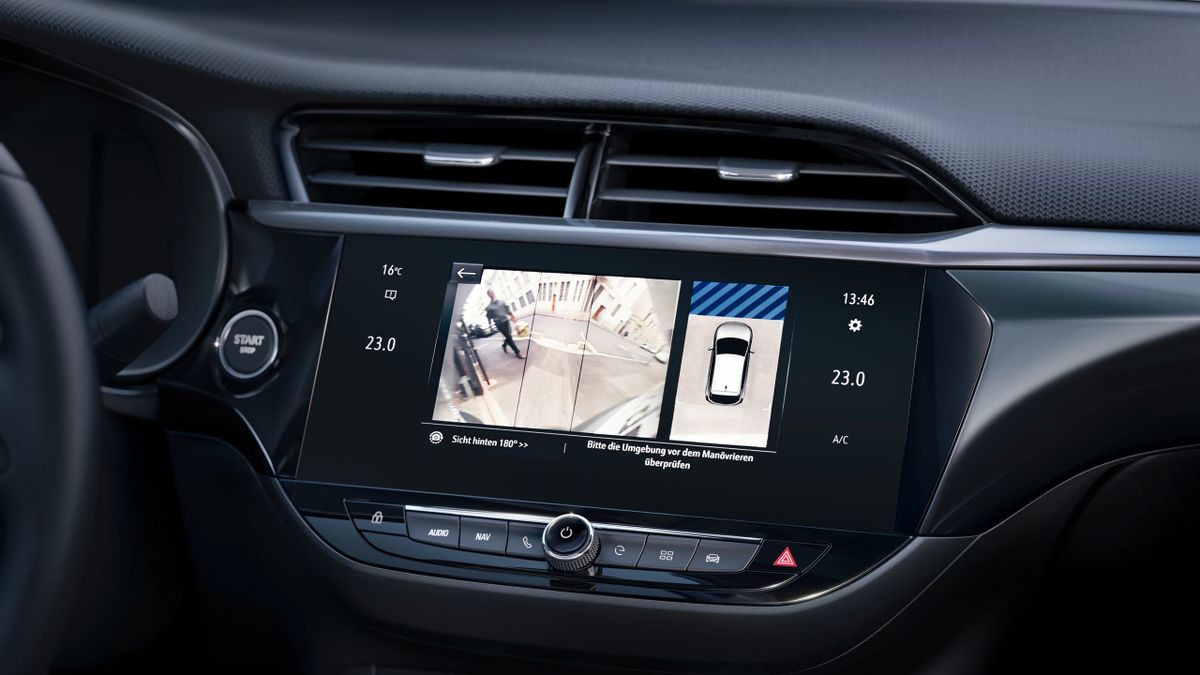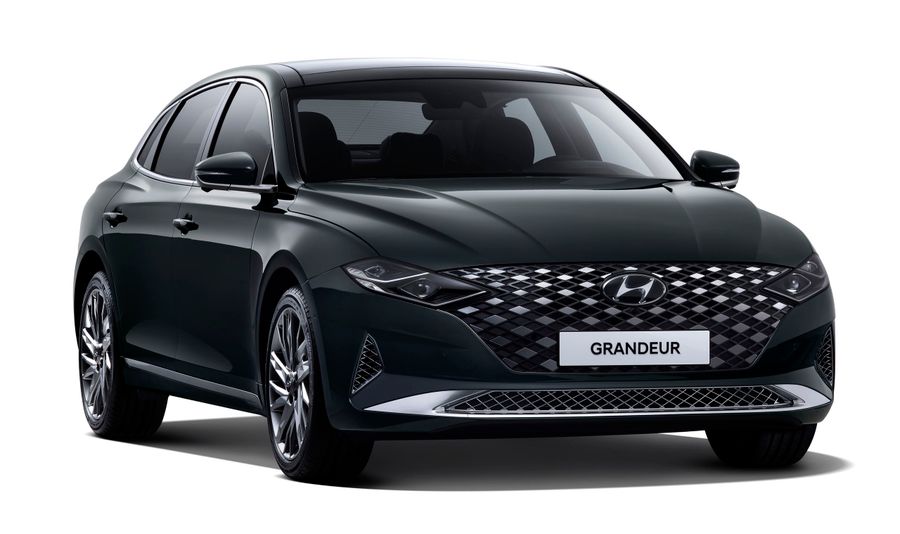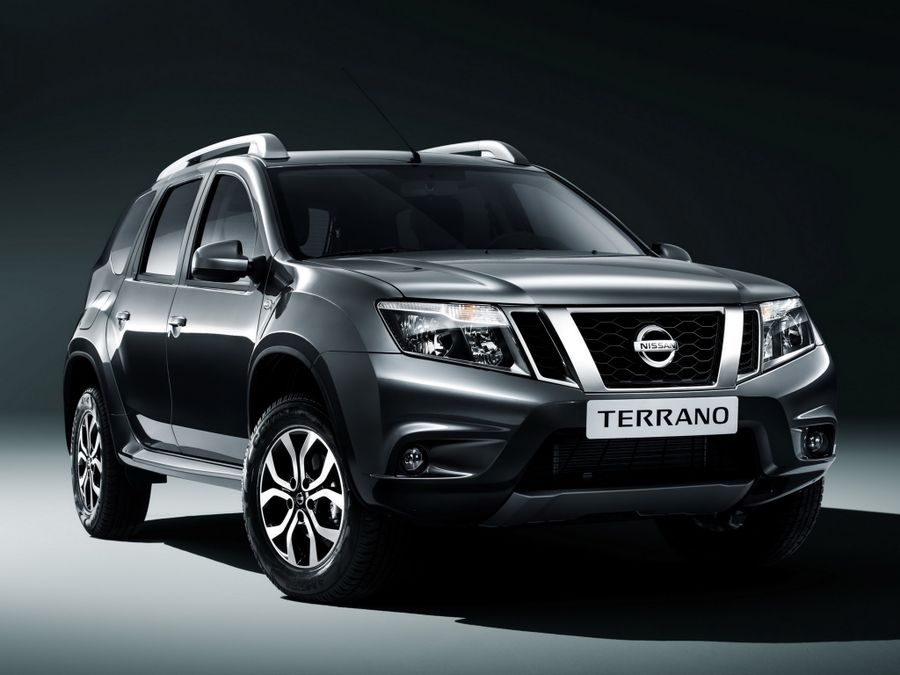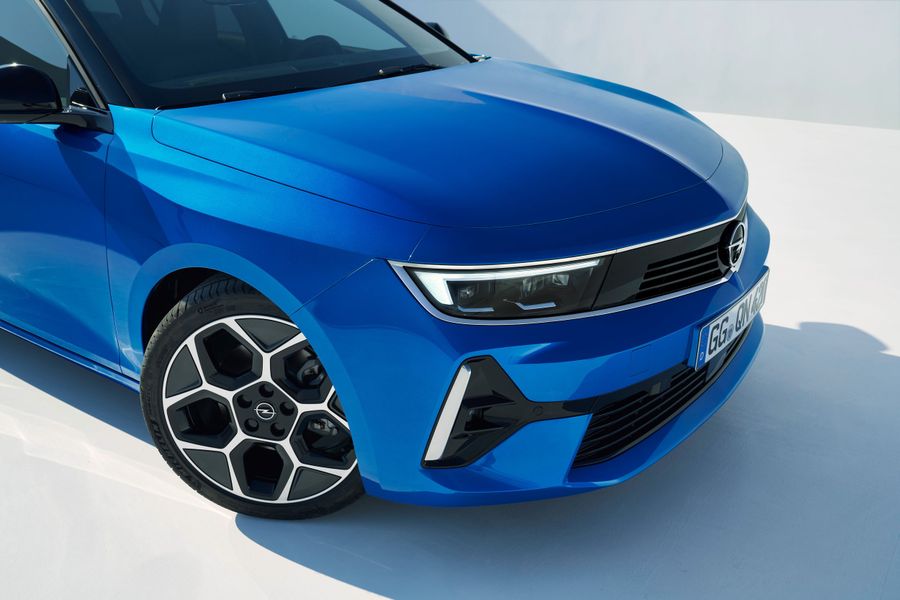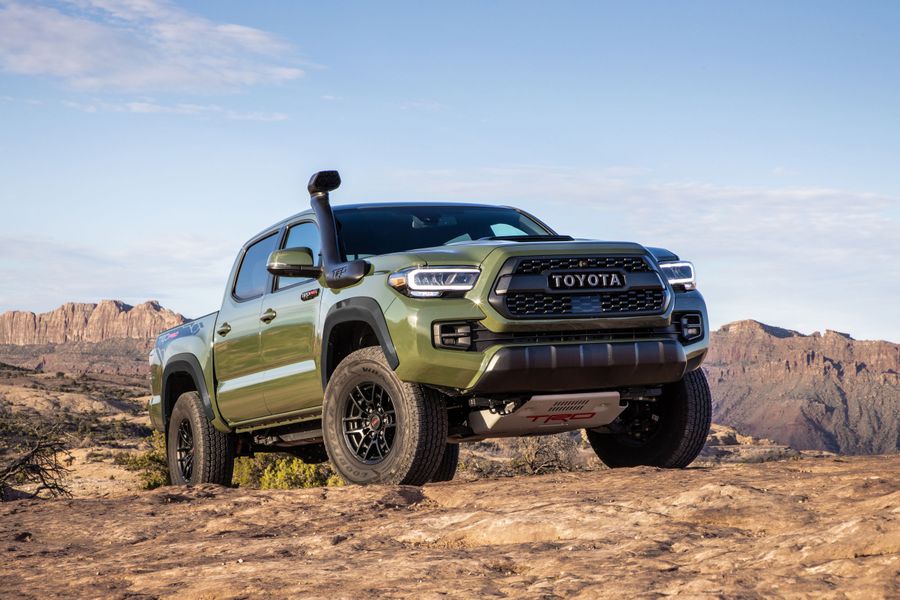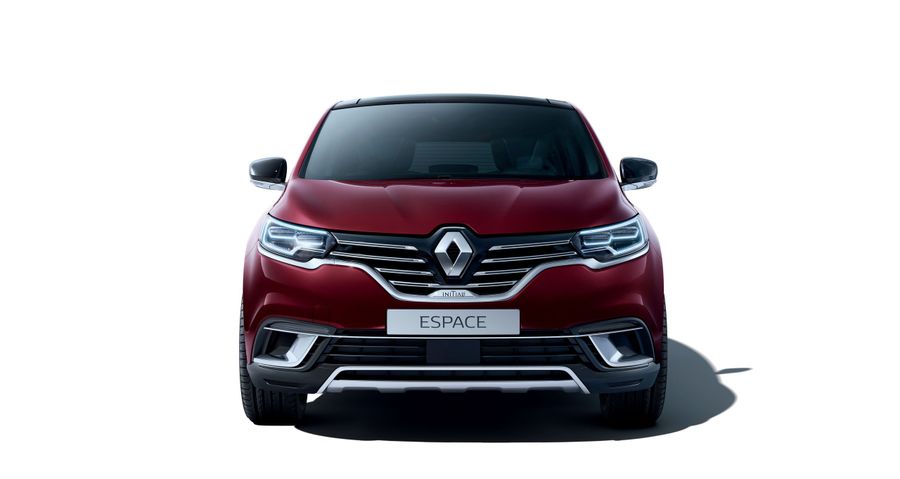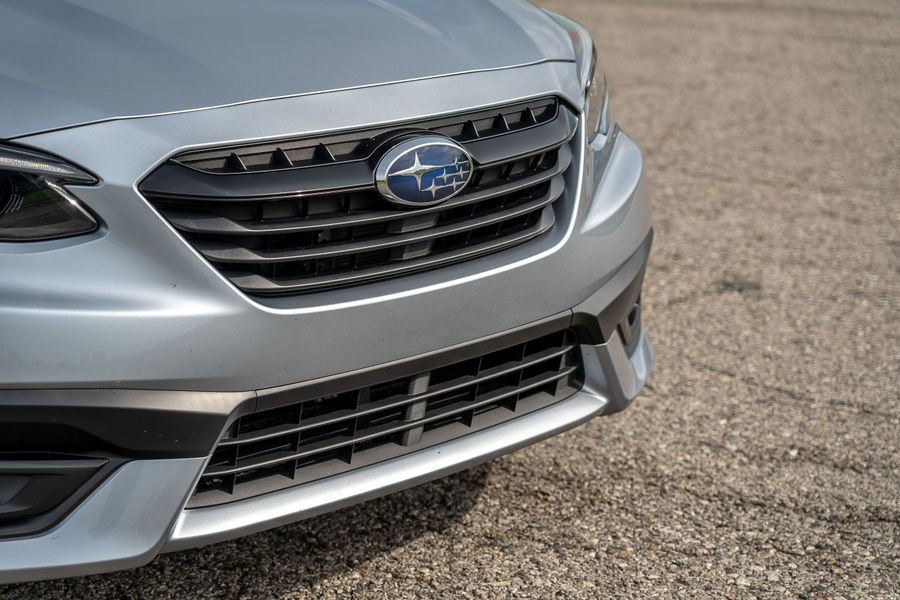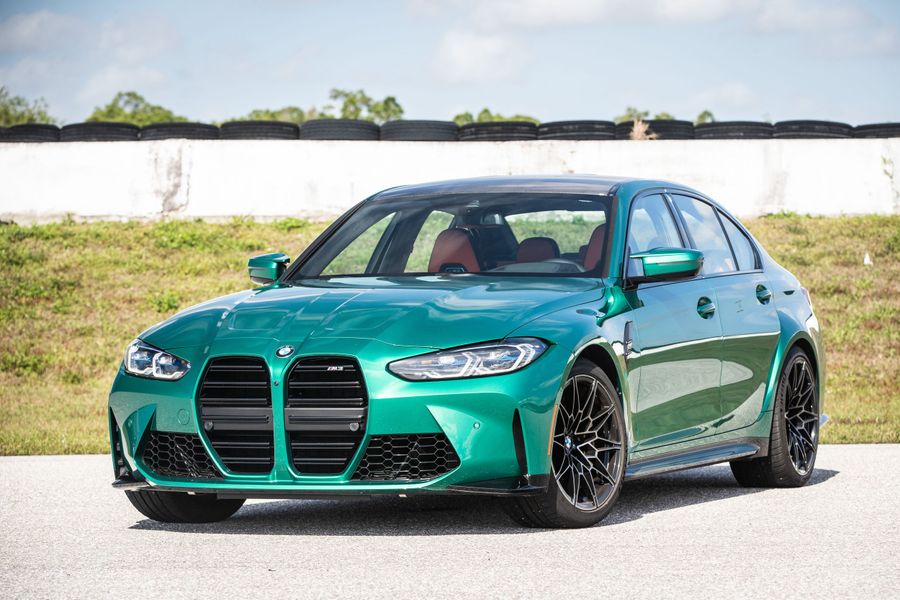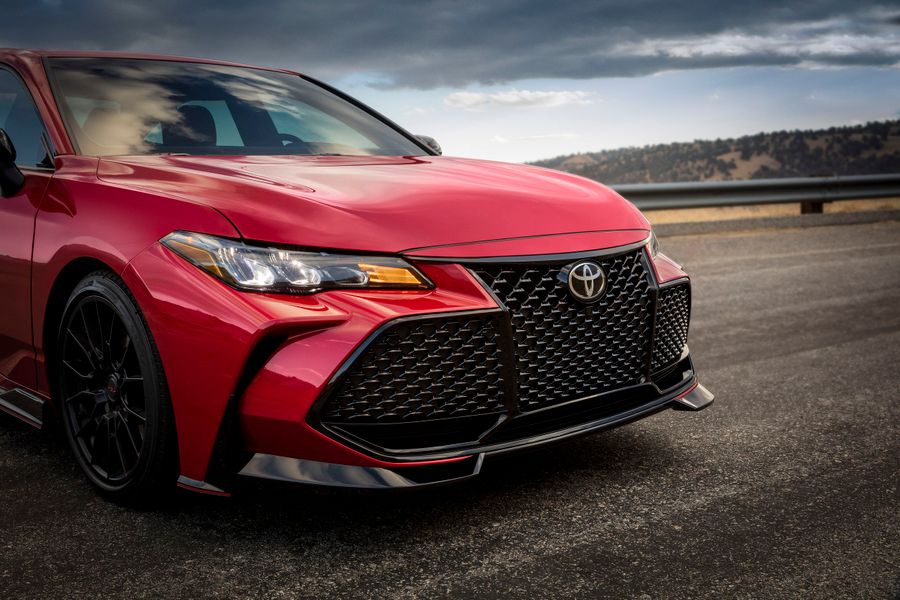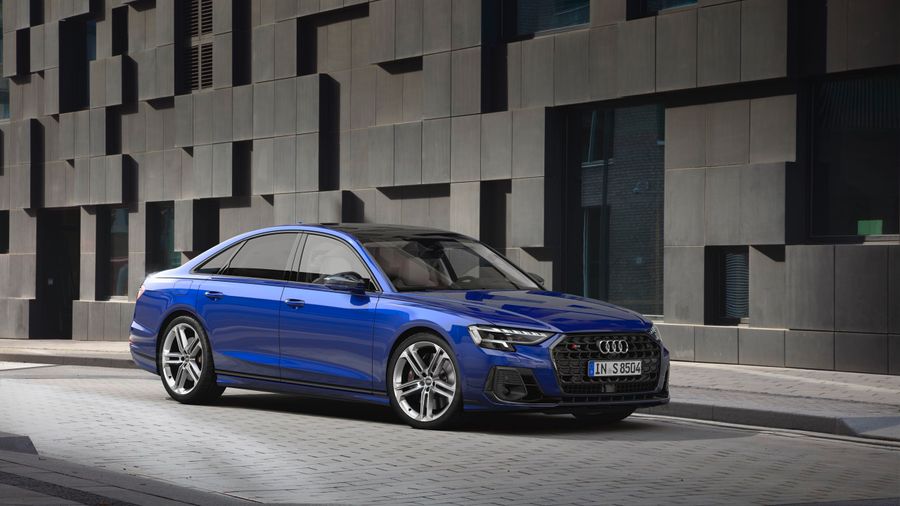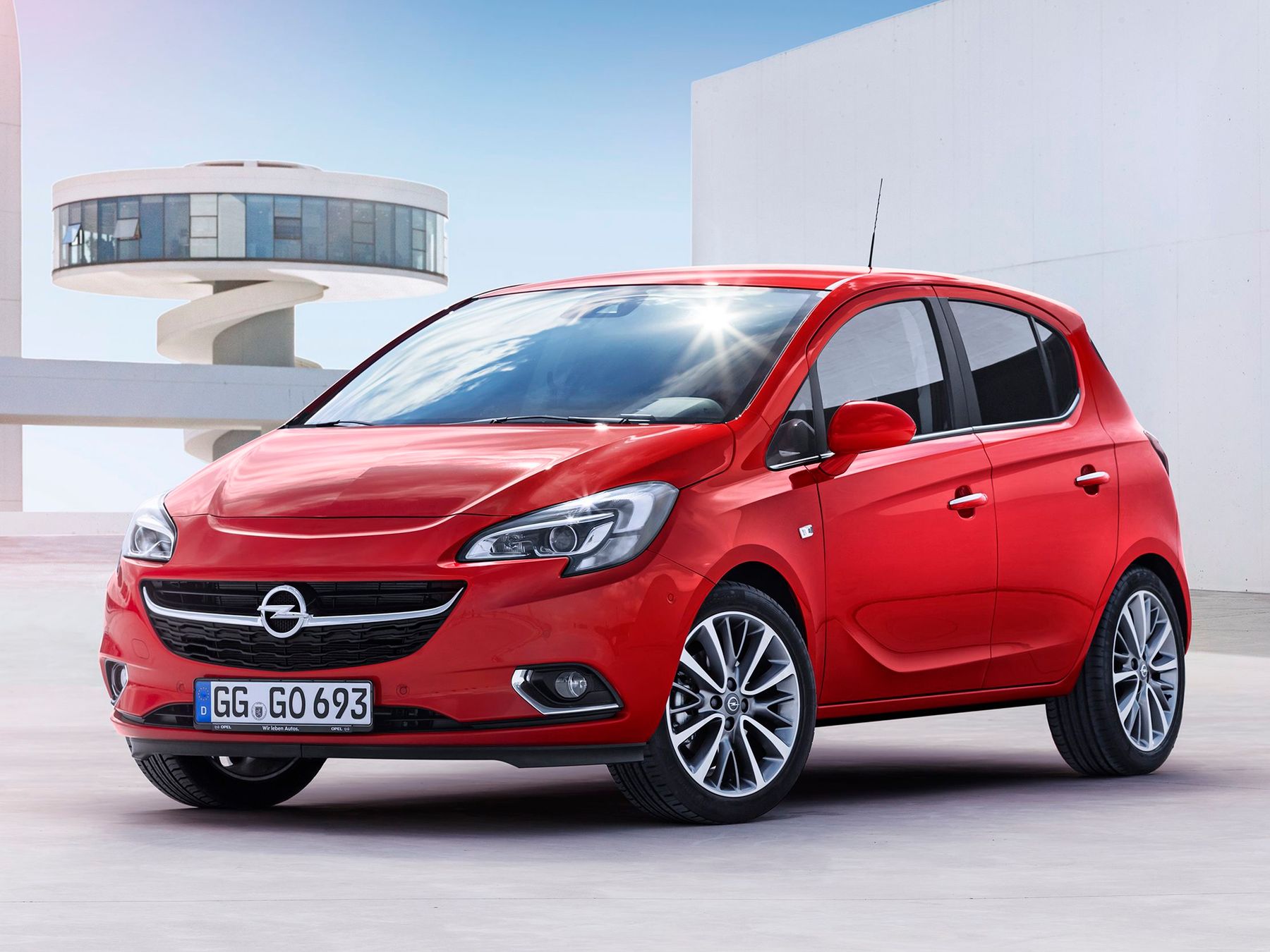
Opel Corsa. Great success of a little car from Germany
The Opel Corsa is a German subcompact car, which has been produced by General Motors under the Opel brand since 1982. The car is also produced and sold under the Vauxhall (in the UK) and Chevrolet (in South America and Asia) brands. At the moment, Israeli buyers have a chance to purchase the sixth generation, which has been produced in the form of a five-door hatchback since 2019 (as of 2021).
The first generation
It was produced from 1982 to 1993. The first Corsa was delivered to France, Italy and Spain, since more than a third of the market of these countries was formed by small cars at that time. In the UK, the car was named ‘Vauxhall Nova’. The car was available as a 3-door hatchback, 2-door coupe, as well as 4-door sedan and 5-door hatchback (since 1984). Some markets offered commercial models based on Corsa vans, with rear windows or all-metal. The Opel Corsa competed with the new Ford Fiesta, Renault Clio and Peugeot 205.
The first Opel Corsa was small. It was 3,622-3,955 mm long, 1,532-1,540 mm wide and 1,360-1,365 mm high. The wheelbase was 2,343 mm. The range of engines included 1.0-liter 45 hp, 1.2-liter 55 hp, 1.3-liter 70 hp and 1.4-liter 75 hp petrol engines. At first, all of them were equipped with carburetors, and later with injection. In 1987, the car started being equipped with the Isuzu 1.5-liter turbo diesel engine generating 67 hp.
In 1985, the manufacturer introduced a limited edition Sport modification of only 500 cars. The car was created for the UK Rally Championship (Group A, class equipped with less than 1300cc engine). It had an engine with two carburetors and an additional custom-made camshaft. The engine produced 93 hp and provided a maximum speed of 180 km/h, while acceleration to 100 km/h occurred in 8.9 seconds. In 1987, the car acquired a 1.6-liter multi-point fuel injection engine with 101 hp and could reach speeds of 186 km/h.
In 1990, the first Corsa was restyled. The car acquired new bumpers, headlights, a radiator grille and a slightly modified interior. A total of 3,105,430 cars were produced.
The second generation
It was produced from 1993 to 2000. Apart from hatchbacks, the second Corsa was available as an estate, a panel van and a pickup, and a convertible version (Holden Barina Cabrio) was popular in the Australian market. The sedan was developed in Brazil specifically for the Latin American market, as they preferred three-box cars. This model was used as a basis for the Opel Tiger sports coupe and the Opel Combo small commercial van.
The cars were equipped with 1.2, 1.4 and 1.6-liter Family 1 petrol engines, as well as a 1.5-liter fuel-efficient turbo diesel engine. The main transmission was a 5-speed manual transmission, although a 4-speed automatic transmission came with some engines. The 1.0-liter 3-cylinder and 1.2-liter 4-cylinder (Family 0) engines were added to the range in 1997. For eleven years of production, a total of 6 million cars were sold in 80 countries.
The third generation
It was produced from 2000 to 2006. The third Opel Corsa was produced on the General Motors Gamma platform in the bodies of 3 and 5-door hatchbacks. In Latin America, South Africa, the Middle East and Israel, the car was offered as a sedan. The body was 3,817 mm (hatchback) or 4,181 mm (sedan) long, 1,645 mm wide and 1,440 mm high. The wheelbase was 2,491 mm.
The list of engines included 1.0 to 1.8-liter (petrol) and 1.3 to 1.7-liter (diesel) versions. There were 5-speed manual, as well as 4-and 5-speed automatic transmission. In 2001, the Opel Corsa was named Car of the Year in Ireland and Australia. The third generation Corsa turned out to be a real success for the Vauxhall brand in the United Kingdom, where the model was named the most popular car in its segment and the second most popular vehicle overall in 2002, 2003 and 2004. In 2003, the car underwent restyling.
The fourth generation
It was produced from 2006 to 2014, while its restyling took place twice. The fourth Corsa was built on the new SCCS platform, jointly developed by General Motors and Fiat. Therefore, it shared the platform with Fiat Grande Punto. It was produced in 3 and 5-door versions, the van body version called Corsavan was distinguished by the absence of rear seats and rear windows. In 2006, the Opel Corsa was the second Car of the Year in Europe (Ford S-Max was the first). In the UK, the model won the 2007 Car of the Year Award. With its increased size and external design, the fourth Corsa resembled the Astra H. Petrol engines belonged to Family 0 (1.0-1.4) and Family 1 (1.6), and diesel engines were derived from MultiJet (1.3) and Circle L (1.7).
In 2007, the OPC/VXR version from the Opel Performance sports division was released. It was equipped with a 1.6-liter petrol engine generating 192 hp. In 2011, the manufacturer introduced the Corsa OPC Nürburgring Edition. It was equipped with the same engine that was boosted to 210 hp. Acceleration from 0 to 100 km/h occurred in 6.8 seconds, while the top speed reached 230 km/h.
In 2010, after the restyling, the car acquired a different design, a new radiator grille, an upgraded front bumper and new Eagle Eye headlights with daytime running lights, a new range of petrol and diesel engines. Driving performance and steering response were also improved. The next restyling took place in 2011.
Interesting facts. Opel’s shark
In 2004, Opel designer, Dietmar Finger, worked at home on a component of the future Corsa. The designer contemplated a humble glove box panel that provided great durability. This required ribs embedded in the plastic surface. It was Dietmar’s job to develop the shape of the ribs. And then his little son approached the designer, looked at the sketches and said: “Dad, why don”t you just draw a shark?’ ‘Indeed, why not!’, thought the designer and made the ribs look like a shark. That’s how the idea was born, which then formed the basis of an entire subculture. The next day, Finger showed his shark to Corsa’s chief designer, Niels Loeb, who immediately approved of it. So the shark in the glove box went into mass production. Then came the Zafira minivan, where Karim Giordimaina, who was in charge of interior design, hid three sharks in the passenger compartment! From that moment on, all Opel cars have been produced with hidden marine predators inside.
The fifth generation
It was produced from 2014 to 2019. Just as before, the fifth Corsa was produced in 3 and 5-door hatchback bodies. The interior remained the same as the underlying platform was not chaged. The glass roof, rear-view mirrors, turn signal repeaters and other little things were borrowed from its predecessor. The body parts, apart from the roof, were redesigned, and the interior was also completely new. The new Opel Corsa hardly differed in size from the previous one: length – 4,021-4,036 mm, width – 1,736-1,746 mm, height – 1,479-1,481 mm, wheelbase – 2,510 mm.
The list of engines included 1.2-liter petrol engine (70 hp) and 1.4-liter turbo engine (100 or 90 hp). There was a new 1-liter ECOTEC turbocharged 3-cylinder direct fuel injection engine (90 or 115 hp), coupled with a 6-speed manual transmission or a new 6-speed automatic transmission. The 1.3-liter CDTI diesel engine consumed only 3.2 l/100 km.
In 2015, the Corsa OPC came out with a 1.6 liter Turbo engine generating 204 hp and a maximum torque of 245 Nm. The overboost function increased the torque to 280 Nm when needed. As a result, the car accelerated to 100 km/h in 6.8 seconds and reached a top speed of 230 km/h. The Corsa OPC was equipped with a sports chassis, suspension lowered by 10 mm and other improvements.
The sixth generation
It has been produced from 2019 to the present (as of 2021). The new Opel Corsa was released after the acquisition of Opel and Vauxhall brands by the PSA Group. Now the car is produced on the PSA CMP (EMP1) platform. This generation has acquired an electric version (Corsa-E). The standard versions are equipped with new petrol and diesel engines: a 1.2-liter 3-cylinder engine generating 75 hp (along with the 5-speed manual transmission), 1.2-liter PureTech turbocharged 3-cylinder engine, which is used on the Peugeot and Citroen models, generating 99 hp (comes with 6-speed manual or 8-speed automatic transmissions) and a 1.5-liter BlueHDi 4-cylinder diesel engine generating 99 hp.
The 2019/2020 Opel Corsa has lost 40 kg due to new aluminum engines, a redesigned power body frame and the use of high-strength steels, plus its hood is made of aluminum (minus another 2.4 kg). At the same time, the car is slightly larger than its predecessor, with a longer wheelbase and a more spacious interior. The seats were lightened by 10 kg: front ones by 5.5 kg and rear ones by 4.5 kg. The interior includes a touchscreen infotainment system in two variants: a 7-inch Multimedia Navi system or a 10-inch Multimedia Navi Pro.


